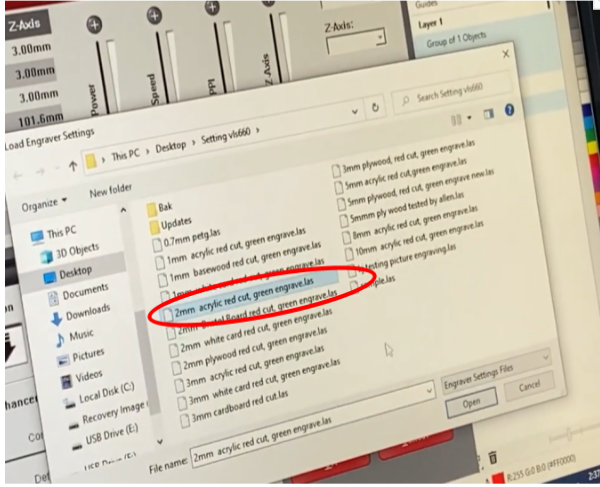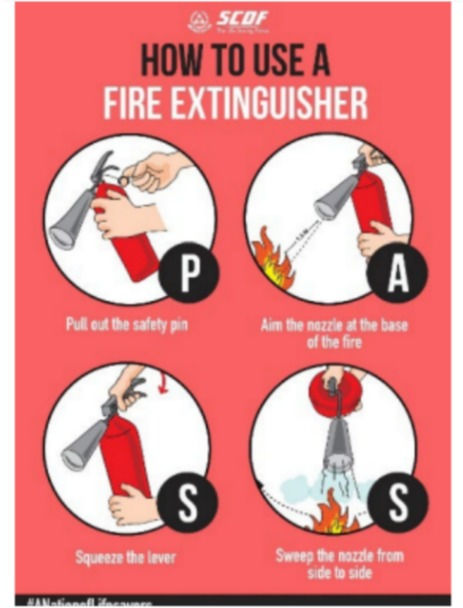Laser Cutting Documentation!
- shaira214
- Oct 22, 2022
- 2 min read
Updated: Nov 5, 2022
What is laser cutting?
Laser cutters create patterns and designs by cutting into materials. A powerful laser beam is the source that melts, burns, or vaporizes the material.
Essentially, laser cutting is a fabrication process that uses a thin, focused, laser beam to cut and etch materials into custom designs, patterns, and shapes as specified by a designer. This non-contact, thermal-based fabrication process is ideal for several materials, including wood, glass, paper, metal, plastic, and gemstone. It’s also capable of producing intricate parts without needing a custom-designed tool.
You might ask yourself, how does laser cutting work?
In a CO2 laser cutter machine, the laser beam is created in a tube filled with CO2 gas. Next, with the help of mirrors and lenses, the laser beam is directed to the laser head and focused on the material surface.
Electronically controlled motors move the laser head to cut or engrave the desired shape into the material of the workpiece. The assist gas is from the compressor. Blowing compressed air at the area being laser cut helps prevent flare ups and keeps things clean by directing vaporized material downward and away from the cut, and away from the machine’s lenses and mirrors.
In this page, I will describe:
The 4 important hazards associated with the operation of laser cutting machines and their respective safety control measures (administrative/engineering control).
2. The materials that can be cut and can’t be cut using a laser cutting machine.
3. The steps including pictures on the operation of UNIVERSAL laser cutter, that consist of:
3a. Starting the compressor, turning on the laser cutter machine and fume extractor.
3b. Importing a .DXF file to CorelDraw and modify the lines/fill for cutting and engraving.
3c. Sending the CorelDraw drawing to laser cutter software and setting the laser cutter power, speed, PPI in the software.
4. Starting the job on the laser cutter machine.
5. DOs and DONTs when there’s flame/fire on the material being cut.
6. My Learning reflection on laser cutter activities.
The 4 important hazards associated with the operation of laser cutting machines and their respective safety control measures:
Materials that can be cut/engraved using laser cutting machine in FabLab:
Materials that can’t be cut/engraved using laser cutting machine in Fablab:
Below are the steps on the operation of UNIVERSAL laser cutter machine in FabLab:
Importing a .DXF file to CorelDraw and modify the lines/fill for cutting and engraving:
Sending the CorelDraw drawing to laser cutter software and setting the laser cutter power, speed, PPI in the software:
Starting the job on the laser cutter machine:
DOs and DONTs when there’s flame/fire on the material being cut:
Learning reflection:
For the laser cutting competency test, we were required to create a set of SOP for the laser cutter with only some online learning materials and videos provided to us on Brightspace. We were never really briefed properly, or even entered FabLab before, causing us to be stressed and worried about the test. Some of us even created SOPs of almost 20 pages, when the recommended was 3.
Fortunately, the laser cutting certification test was not as challenging as I had expected it to be. I feel that everyone was rather clear on what they had to do, and the tasks to complete to pass the test.






































Comments